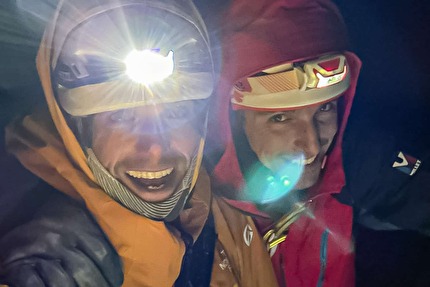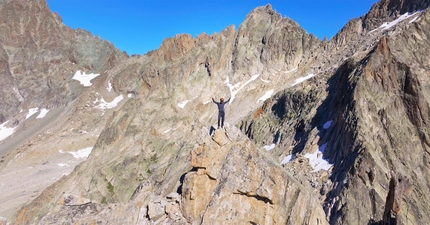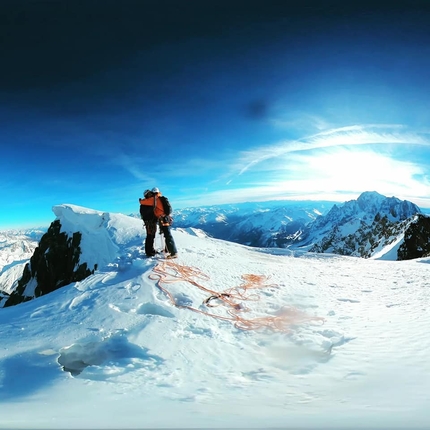Benjamin Védrines climbs Alpine Trilogy in 6 days, enchaining Eiger, Matterhorn, Grandes Jorasses without motorised transport
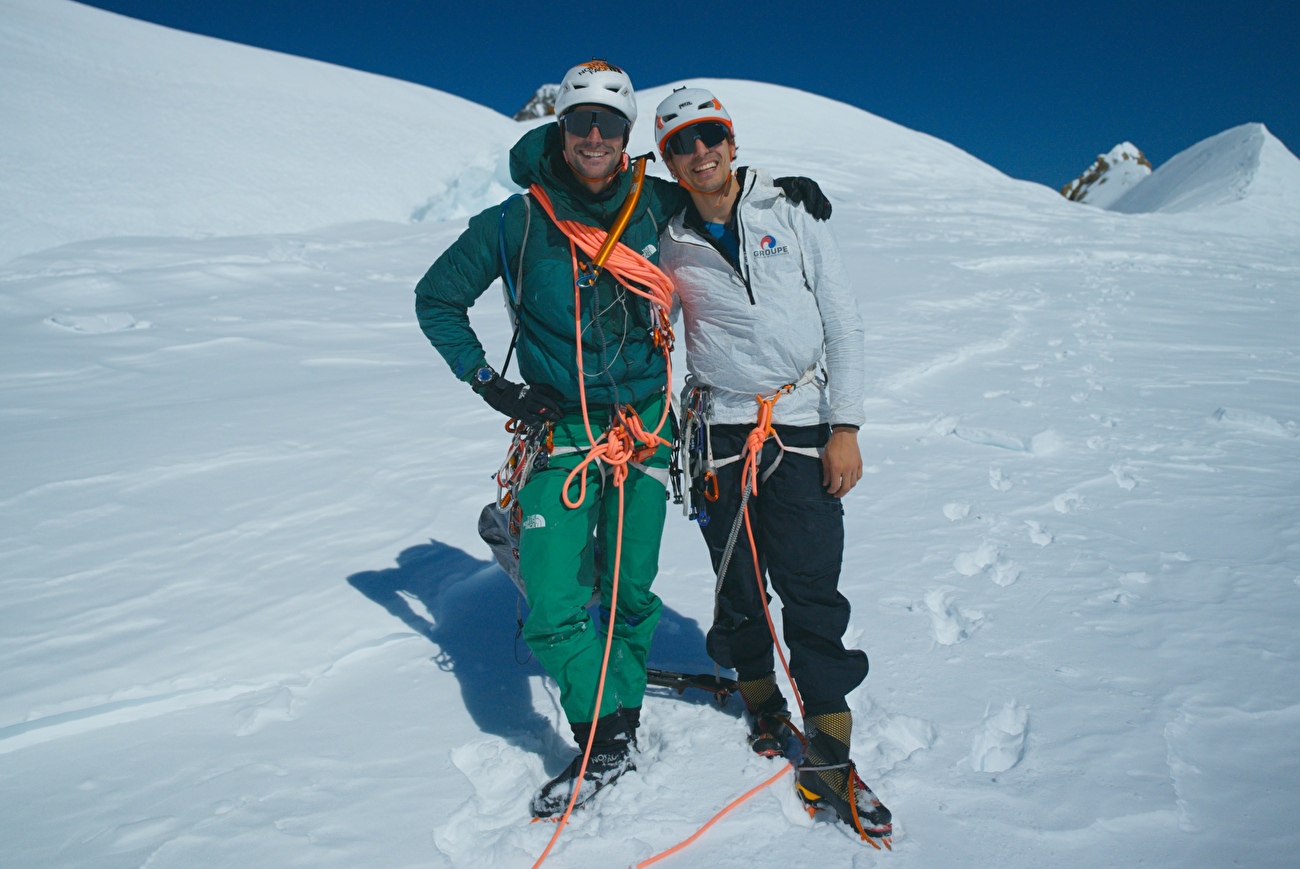
 1 / 22
1 / 22 Quentin Degrenelle
Quentin Degrenelle
In 6 days at the start of April French alpinist Benjamin Védrines and Léo Billon completed a historic hattrick of the three great north faces of the Alps, climbing the Eiger, Matterhorn, and the Grandes Jorasses in rapid succession. To make the undertaking even more impressive, Védrines travelled from one mountain to the next without the use of motorised transport; while Billon travelled by car from one mountain to the next, Védrines made his way autonomously by bike, skis and paraglider.
The April adventure began on 6 April when Védrines left Grindelwald and made his way up the Eigergletscher on skis. He and Billon spent the night at the Eigergletscher station and on 7 April they climbed the classic Heckmair Route in just 4 hours and 10 minutes. Conditions were fairly dry on the classic 1938 route, and after topping out they descended the south ridge towards the Jungfraujoch railway station where they were met by support partner Quentin Degrenelle who had brought skis and paragliders. While Védrines flew and skinned to to Fiesch via the Aletsch Glacier, Billon and Degrenelle descended back down to Grindelwald by train.
The next day Védrines made his way from Fiesch to the Hornli Hut by bike, on skis and on foot, and on 9 April he and Billon climbed ascended the classic 1931 Schmid Route, needing just 5 hours 40 minutes to reach the 4,478m summit. They descended to the Solvay hut, downclimbed the east face and from the Hörnlihütte skied back down to Zermatt, from where Védrines transitioned to Visp on skis and by bike.
On 10 April he completed the longest journey, the 120km bike ride and +1000m hike up to Montenvers where he was joined by Billon once again. They slept below the station, in sight of the Grandes Jorasses north face, and on 11 April they climbed the Colton-McIntyre route in 4 hours 20 minutes; conditions once again were dry on this technical modern-classic, resulting in complex climbing throughout. After basking in the sun, the pair then took the scenic route back down to Chamonix, a 30 minute flight by paraglider. It is worth noting that while both alpinists had previously climbed all 3 mountains, notably in winter 2022, neither of them had ever climbed these classic routes before.
Speaking to planetmountain after the enchainment, Védrines explained "I'm of course really pleased with what we achieved, but to be honest it's not a huge performance from a sports point of view, I'm sure it can be done a lot faster. Having said that, I think it's quite difficult though to get all the variables to combine at just the right moment in order to complete the link-up via these classic routes. For me, it was a huge adventure with my great friend and partner in crime Léo."
When we climbed the three mountains in winter 2022 we chose to climb the hardest Direttissima on each peak - the Harlin Direttissima on the Eiger, Directe de l'Amitié on the Grandes Jorasses and Gogna-Cerruti on the Matterhorn - so this time on the classics we just had a lot of fun. They are great routes, but relatively easy for us technically, so we had a great adventure together."
"It wasn't always easy though: I have to admit that it was quite difficult for me at the end, because I'd come down with a viral infection recently. My main focus during the week was always reaching the top of the Grandes Jorasses but towards the end it was really exhausting, 300m from the summit I even lost my voice. So I was really really happy to fly back down. It was actually Leo's first takeoff since 2021, so this flight was really special for both of us!"
"This linkup shows once again what can be done in the Alps, by us but especially by the younger generations. It's not easy, but it's certainly the future for them. There are many really strong young alpinists out there and they'll be able to climb much more in this style, super fast and very efficient, if they have the right mindset. I hope this adventure will help them break their mental barriers and that we'll see some more progress in the future."
Info: www.benjaminvedrines.com



 Copia link
Copia link

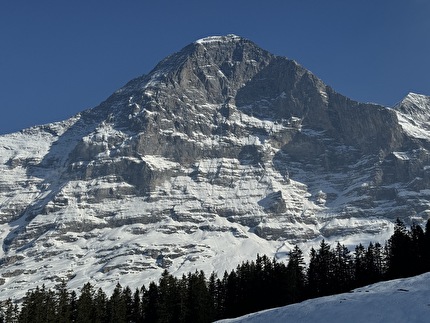
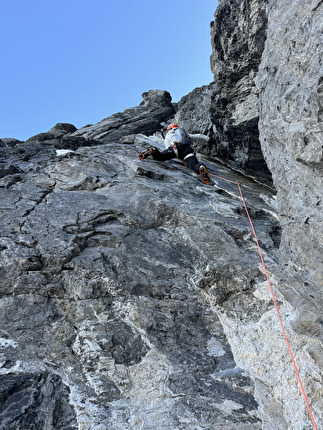
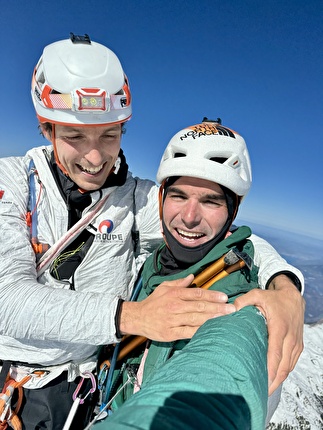
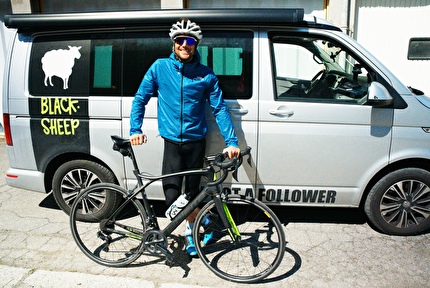
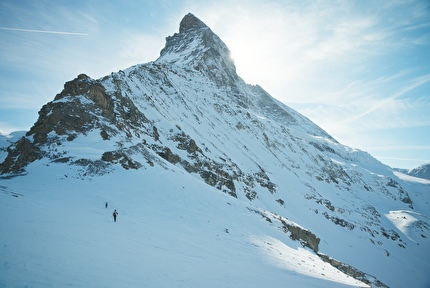

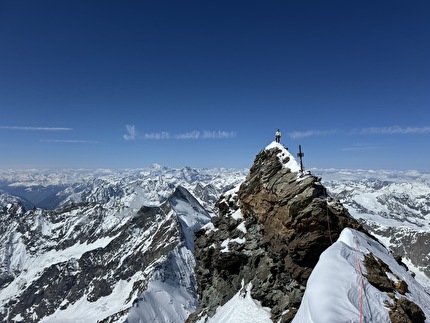
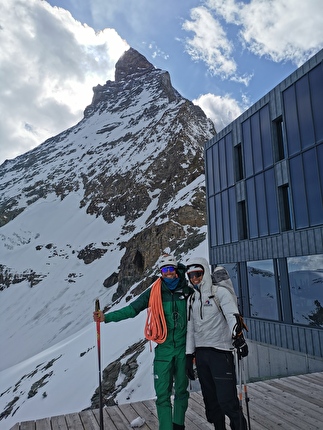
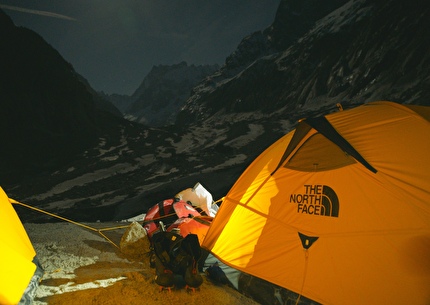
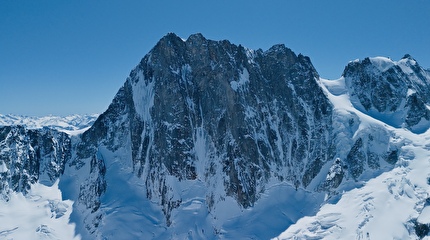
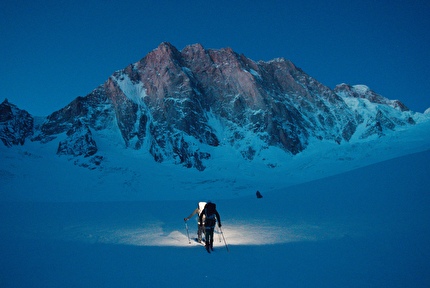

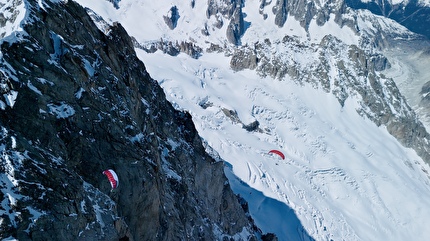
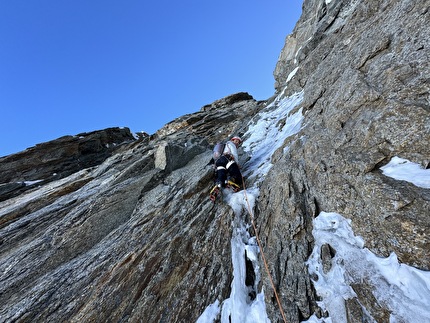

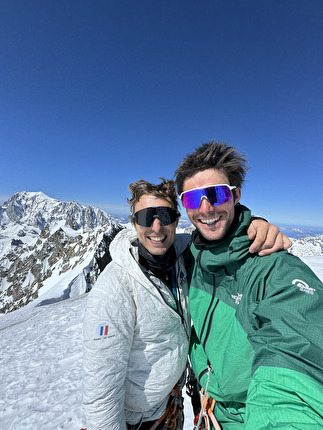
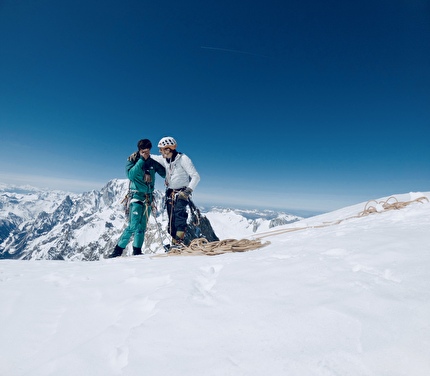
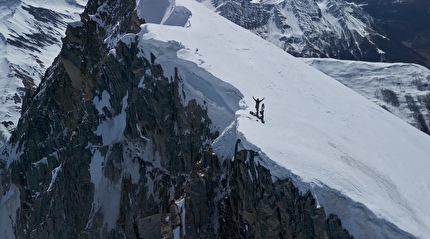
 See all photos
See all photos